
Scientific name: Hexabranchus sanguineus
Size: Up to 2 foot
Color: Adult: red, orange, yellow. Juvenile: white, pink, cream and purple
Distinguishing feature: Very big nudibranch, predominance of red. Can swim in the water like a flat worm. About 6 gills at the back of the body.
Where did we see it: Egypt
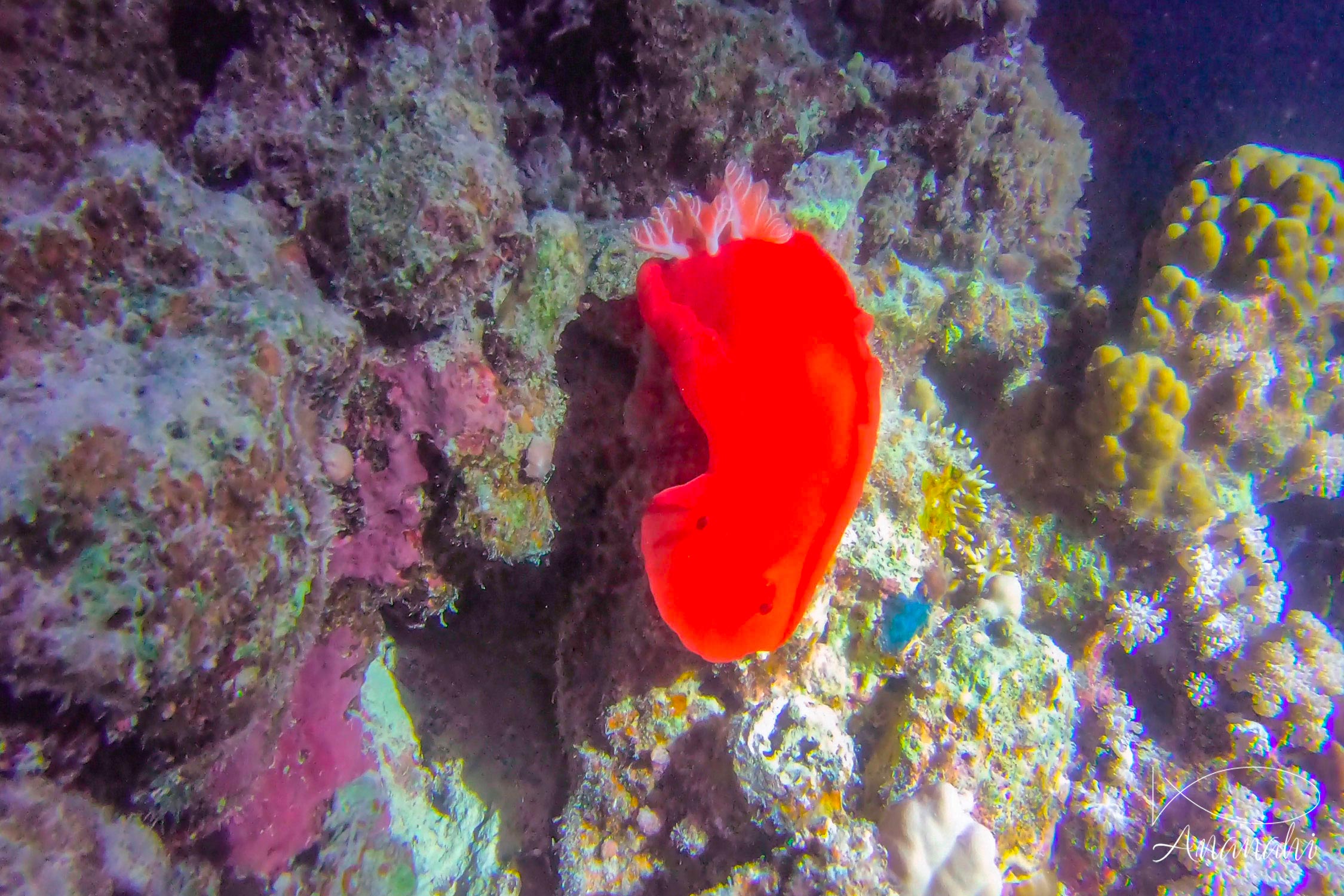
Scientific name: Hexabranchus sanguineus
Size: Up to 2 foot
Color: Adult: red, orange, yellow. Juvenile: white, pink, cream and purple
Distinguishing feature: Very big nudibranch, predominance of red. Can swim in the water like a flat worm. About 6 gills at the back of the body.
Where did we see it: Egypt
When disturbed, this nudibranch can swim in the water to put a little distance with the disturbing individual. This swim is very beautiful and looks like a dance. If we add the bright red color, it looks like a flamenco dancer, hence her name of Spanish dancer.
We can sometimes find among its gills a very beautiful shrimp: the Zenopontonia rex.
This nudibranch feeds on sponges. It's in some of these sponges that he finds the repulsive that he also uses to protect himself.
The Spanish dancer hides in the corals during the day and is visible during the night. The day we can find juveniles.
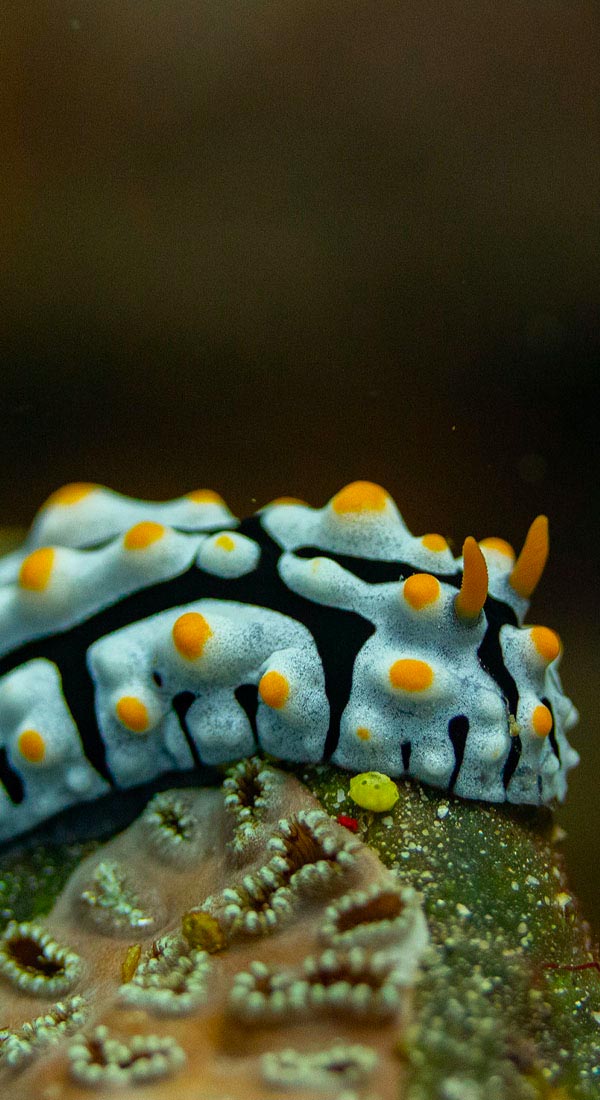
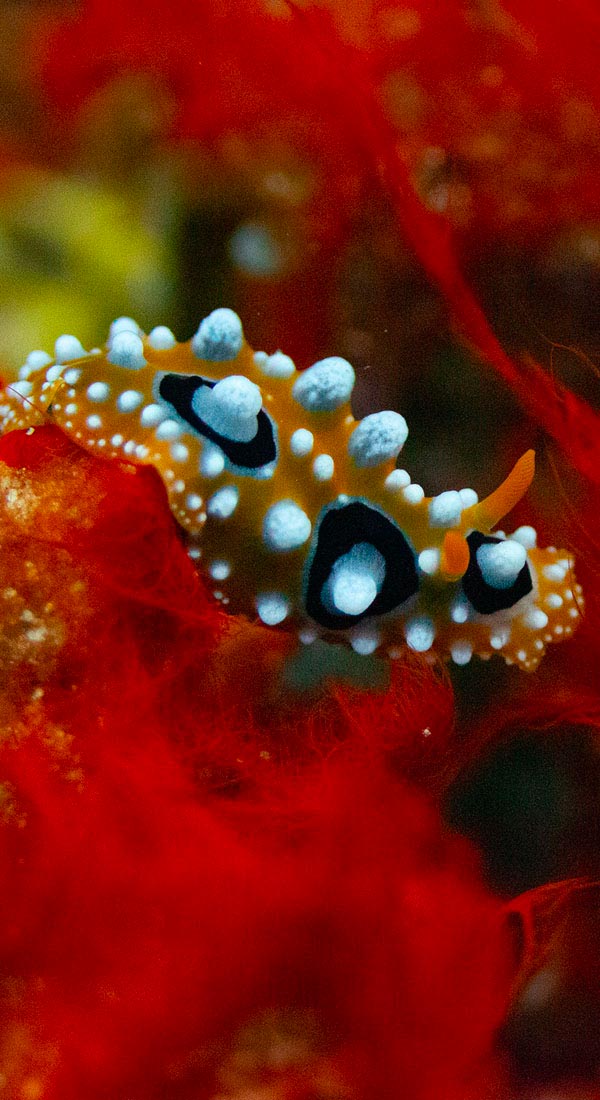
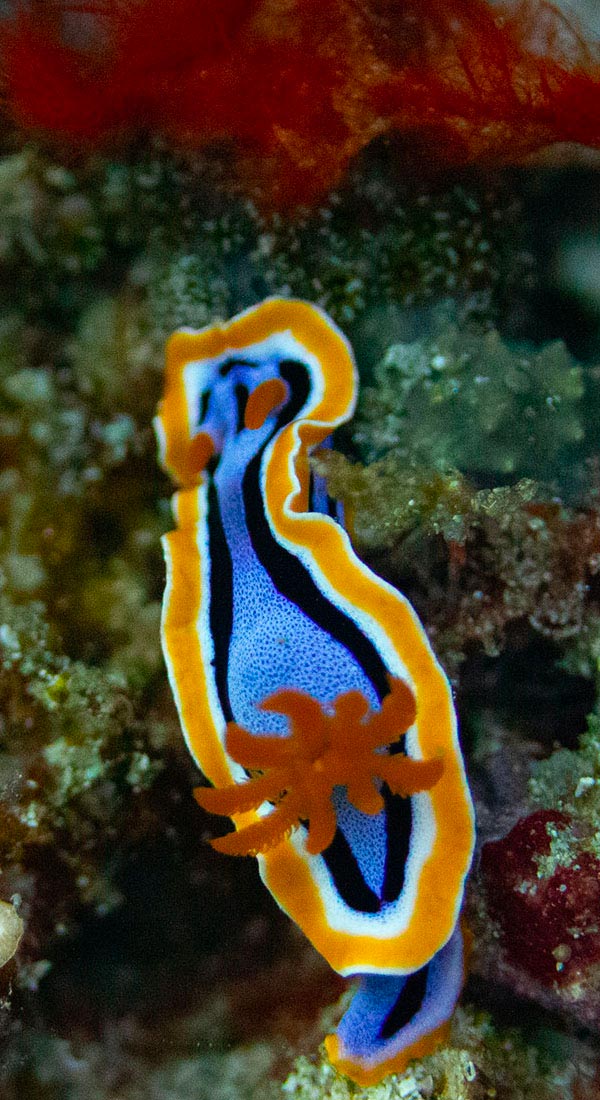

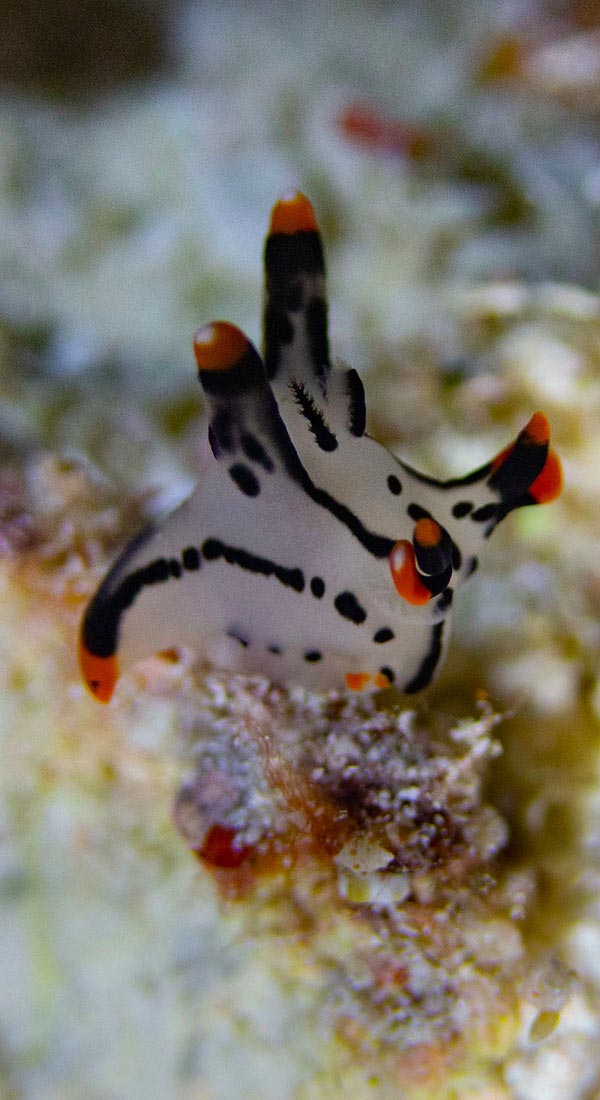

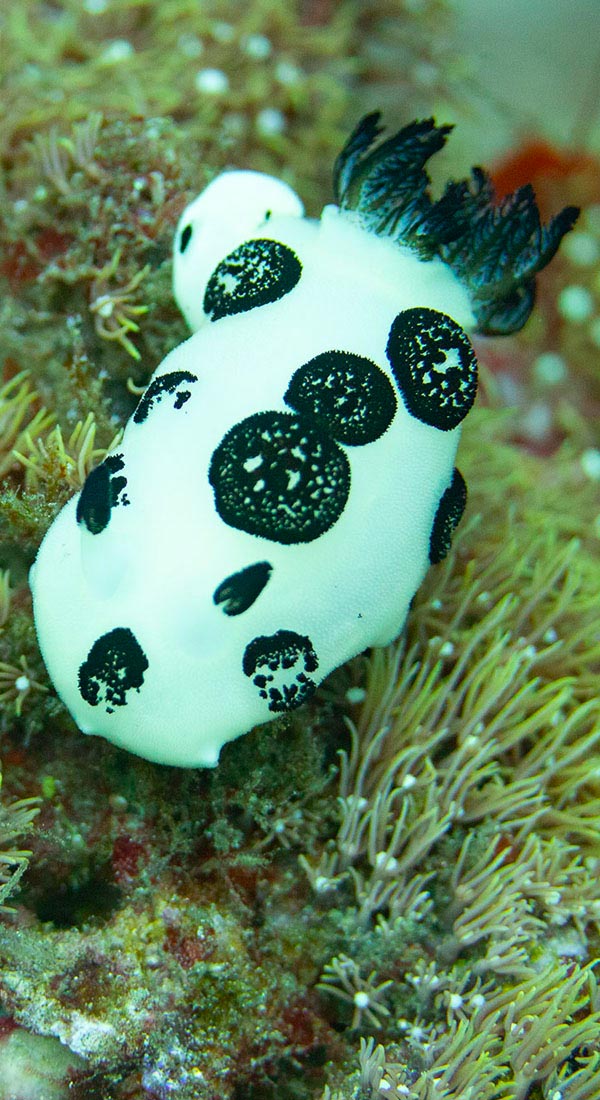

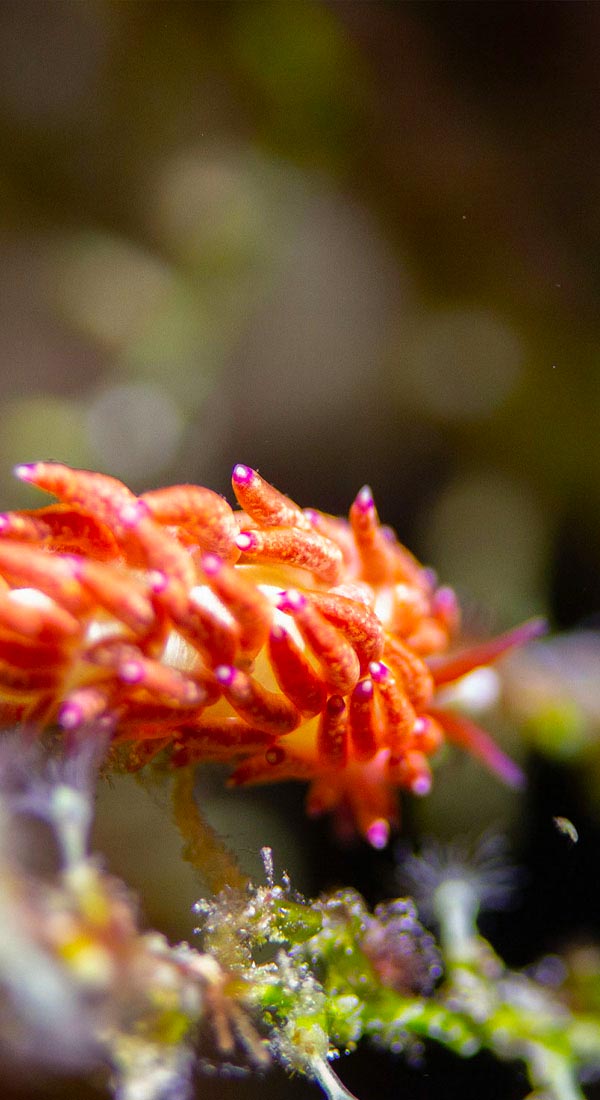
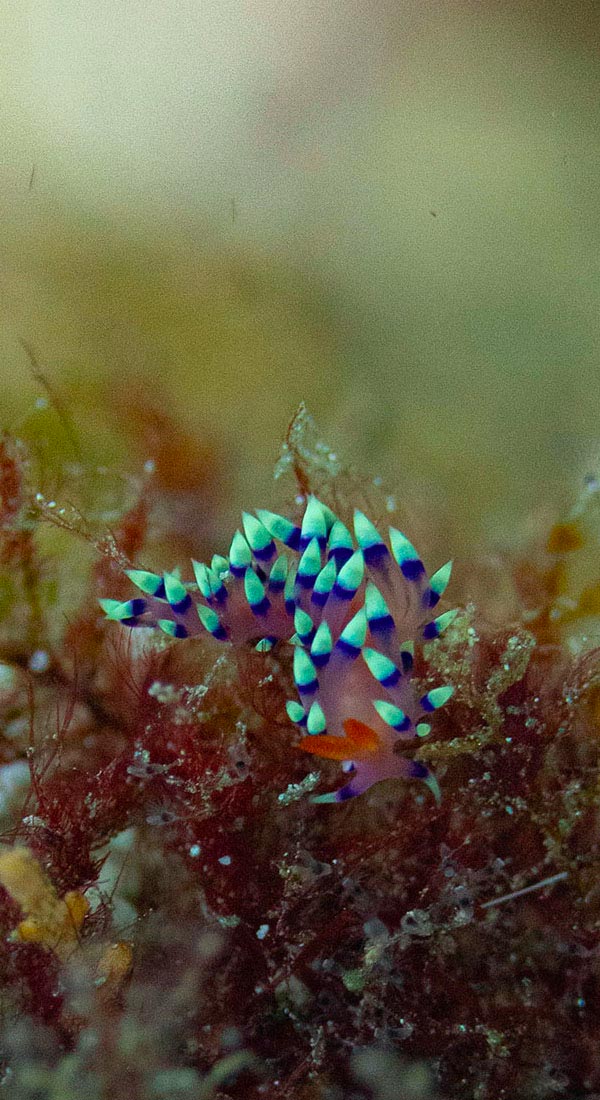

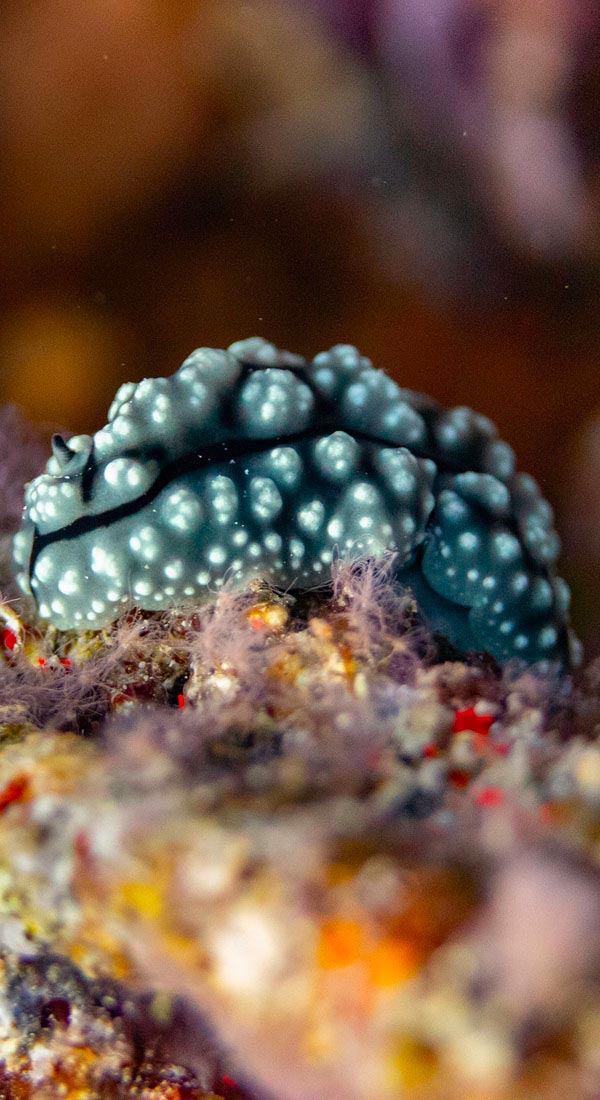
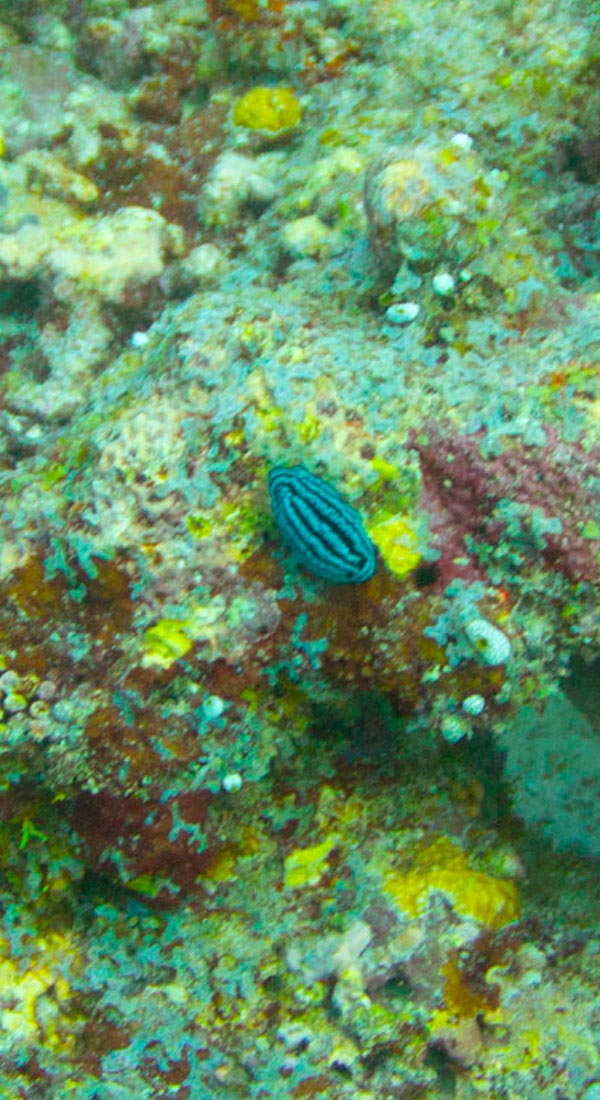


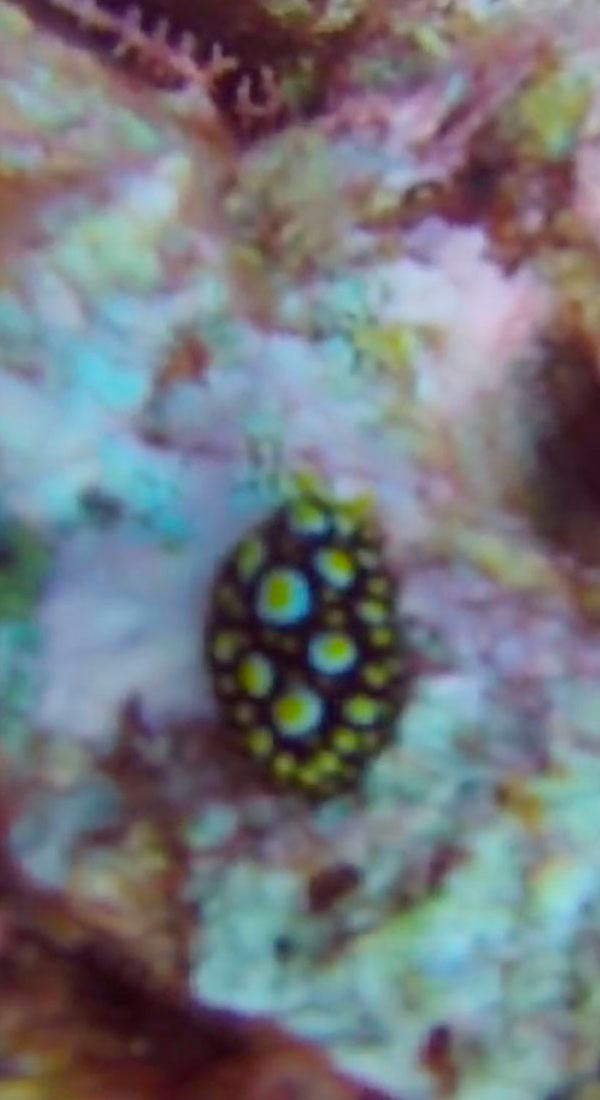

Turtles are in economy mode when they are sleeping. If they are woken during night, they may not have enough air to return to surface.
So, please be careful during night dives!
Mammals have a horizontal tail.
Fishes have a vertical fin.
The kakihona sushi (sushi wrapped in persimmon leaves) are really the best!
To eat them, you have to go to Nara!